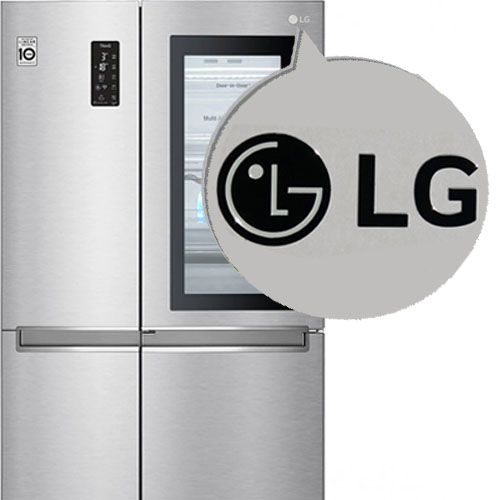NEWS
Function and performance of nickel electroformed nameplates
Writer:admin Time:2023-05-26 09:55 Browse:℃
Nickel electroforming nameplates are one of the common electroforming processes, typically using more nickel for silver nameplates and less for silver. Due to its close proximity to the effect of nickel electroformed silver, this industry is commonly referred to as nickel silver. The appearance of the nickel and silver nameplates looks very similar, both in shiny silver color. But the relatively stable characteristic is that the color of nickel electroformed can be relatively stable, and the lively naturalness is better than nickel silver, which is easy to oxidize into gray and black. This is because in many folk legends, silver will appear as dust instead of silver. Nameplates can be electroformed with many types of nickel, including copper, zinc alloy, iron, etc., to prepare various metal nameplates with surface effects.
Here are the characteristics and properties of nickel electroforming.
As shown in Figure 1, the nickel coating has high stability in air. Due to the strong passivation ability of metallic nickel, it can quickly produce a very thin passivation film surface layer, which is resistant to atmospheric conditions and certain acids and alkalis.

2. Nickel electroforming is a very small crystal with excellent polishing performance. The polished nickel coating can provide a mirror like luster appearance while maintaining its luster in the air for a long time.
3. Nickel electroforming has a higher hardness, which can improve the wear resistance of the product surface. The commonly used electroforming medium layer in the printing industry can increase the surface hardness of lead. Due to the high chemical stability of nickel, some chemical equipment also uses thicker coatings to prevent medium corrosion.
4. Nickel electroforming is widely used as a decorative protective coating on the surface of steel, zinc die castings, aluminum alloys, and copper alloys, which can protect the substrate from corrosion or bright decorative effects; Usually used as an intermediate coating for other coatings, and then better resistant on a chromium plated layer or a thin layer coated with imitation gold, resulting in a more aesthetically pleasing appearance.
5. In terms of electroforming, due to the many excellent properties of nickel electroforming, its processing capacity of galvanized doors is second only to galvanized doors, and its consumption accounts for about 10% of the total nickel production. In nameplate production, it is also the most commonly used among various electroforming processes.
3. Nickel electroforming has a higher hardness, which can improve the wear resistance of the product surface. The commonly used electroforming medium layer in the printing industry can increase the surface hardness of lead. Due to the high chemical stability of nickel, some chemical equipment also uses thicker coatings to prevent medium corrosion.
4. Nickel electroforming is widely used as a decorative protective coating on the surface of steel, zinc die castings, aluminum alloys, and copper alloys, which can protect the substrate from corrosion or bright decorative effects; Usually used as an intermediate coating for other coatings, and then better resistant on a chromium plated layer or a thin layer coated with imitation gold, resulting in a more aesthetically pleasing appearance.
5. In terms of electroforming, due to the many excellent properties of nickel electroforming, its processing capacity of galvanized doors is second only to galvanized doors, and its consumption accounts for about 10% of the total nickel production. In nameplate production, it is also the most commonly used among various electroforming processes.
CATEGORIES
LATEST NEWS
CONTACT US
WhatsApp: +8615806503075
Tel: +8615806503075
Email: percy@dadonglogo.com
Addr: 7 Tonghe Road, Pingdu, Qingdao
